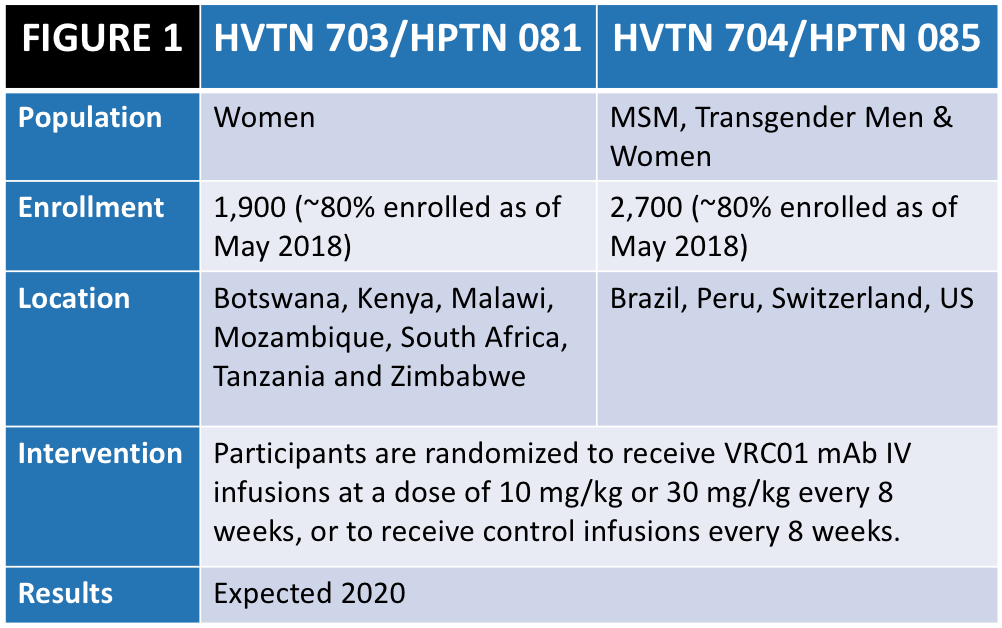Check out the newest episode of Px Pulse on iTunes or at www.avac.org/px-pulse!
With HIV Vaccine Awareness Day (HVAD) in the spotlight earlier this month, AVAC’s May episode of Px Pulse features four experts steeped in HIV vaccine research. Together they help set expectations for where the field is now and where it is going.
Dr. Larry Corey, who leads the HIV Vaccine Trials Network (HVTN), explains how the AMP studies, HVTN 702 and HVTN 705 will each, in different ways, advance what the field knows about how to develop a vaccine for HIV.
Then, IAVI’s Dr. Kundai Chinyenze talks about efforts to ready for possible success, so that new tools work in the real world as well as they do in a clinical trial.
And two deeply experienced advocates, Bill Snow and Matthew Rose, talk about engaging with the science and preparing for research results.
For the full podcast, highlights and resources (including AVAC’s newest HIV Vaccine Awareness Day toolkit), visit here. Subscribe on iTunes to catch every episode!
